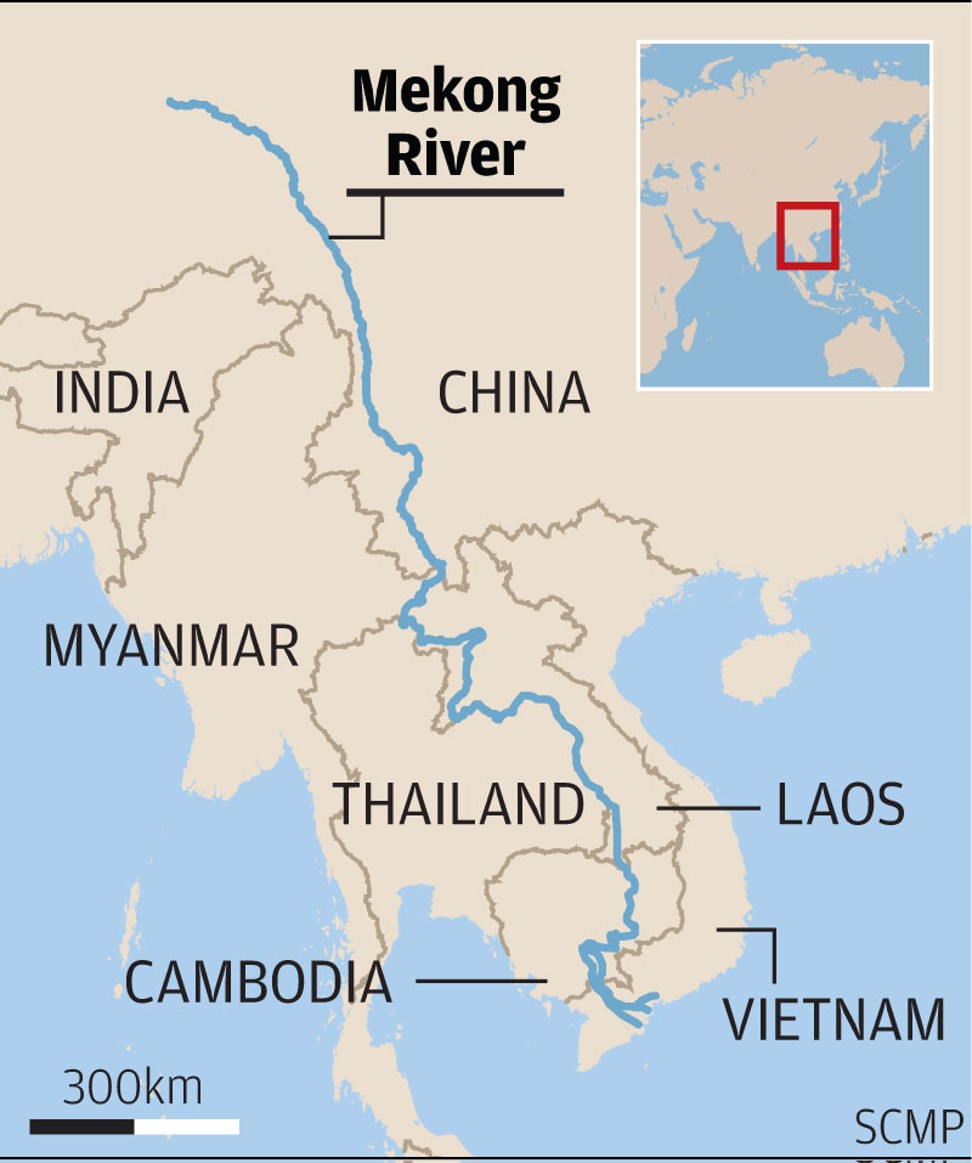Inspired by fireflies, researchers from MIT have created insect-scale robots that show electroluminescence.
Reference
The Vertical Launch Short Range Surface to Air Missile was successfully flight-tested by the Defence Research and Development Organisation (DRDO) & Indian Navy.
Reference
The Elvira Conservation Initiative (ECI) is organizing puppetry of fauna that are endemic to the Eastern Ghats, including and.
|
Protection Status |
|
|
IUCN Red List Status |
Critically Endangered |
|
Wildlife (Protection) Act, 1972 |
Schedule V (Vermin) |
Reference
The world’s largest recorded freshwater fish, a giant stingray, has been caught in the Mekong River in Cambodia. It was captured under “Wonders of the Mekong” project, which is a joint Cambodian-US research project
Freshwater fish are defined as those that spend their entire lives in freshwater, as opposed to giant marine species such as bluefin tuna and marlin, or fish that migrate between fresh and saltwater like the huge beluga sturgeon.
Mekong River

Reference
The Securities and Exchange Board of India (SEBI) relaxed the regulatory framework for Alternative Investment Funds (AIFs) targeting ‘accredited investors’.
AIFs that are ‘large value funds for accredited investors’ have been exempted from filing their placement memorandum by the SEBI.
But these accredited investors have to intimate the regulator about the launch of their scheme.
Reference